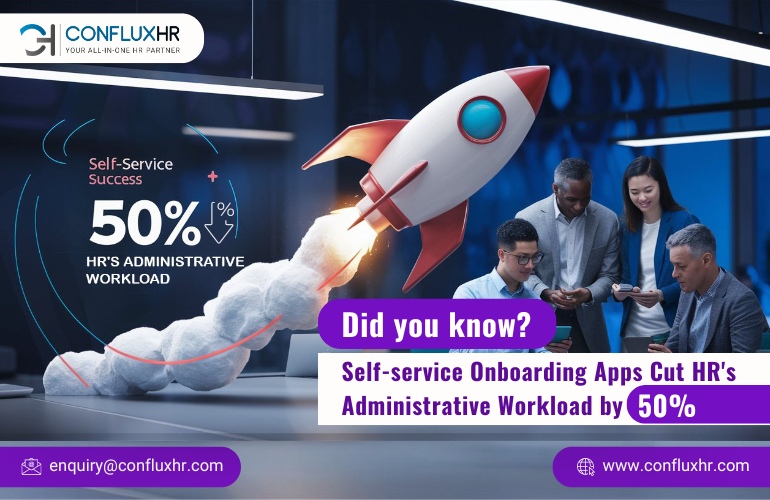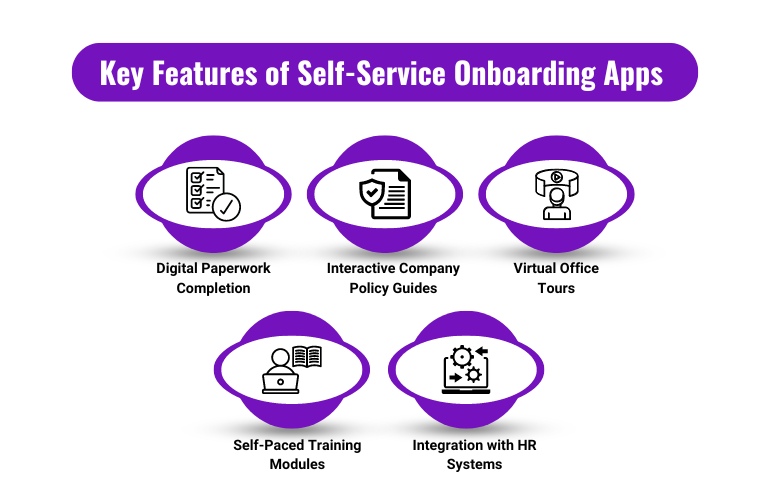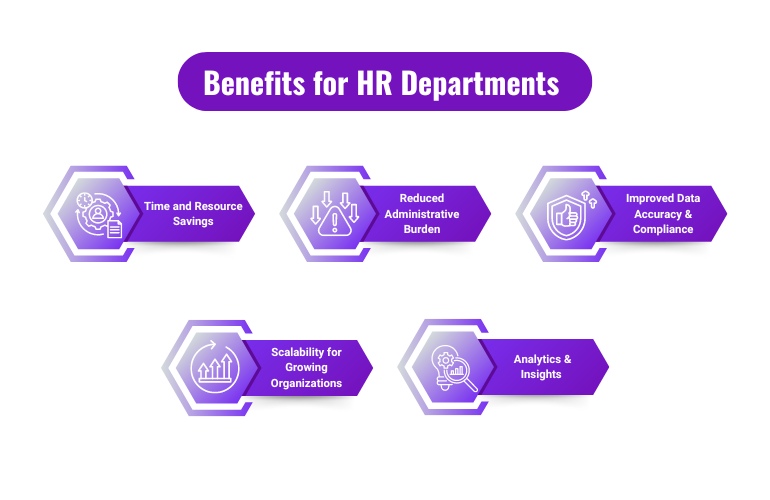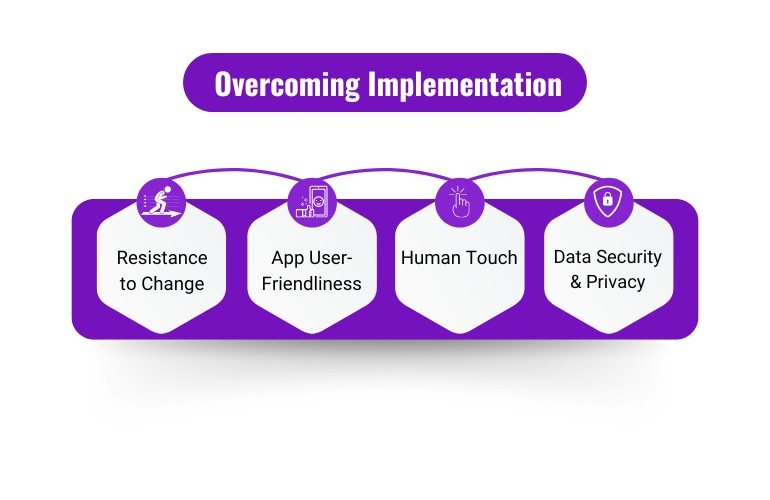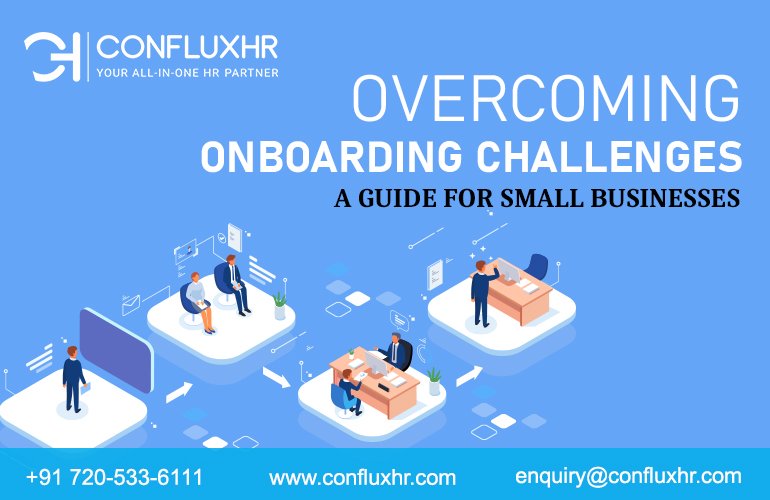Traditional onboarding processes can be a hassle. Long hours of paperwork, repetitive training sessions, and a mountain of information overload often leave both HR departments and new hires exhausted. Enter self-service onboarding apps. These digital tools are revolutionizing HR processes, making the employee onboarding experience smoother, more efficient, and more engaging for everyone involved.
The Evolution of Onboarding
Traditional onboarding methods have their limitations. From cumbersome paperwork to time-consuming orientations, these methods often lead to inconsistent experiences and high administrative costs. However, as industries move towards digital solutions, self-service onboarding apps are becoming the norm. These apps empower new hires to take control of their onboarding journey, leading to a more personalized and engaging experience.
Key Features of Self-Service Onboarding Apps
Self-service onboarding apps come packed with features designed to streamline the onboarding process:
- Digital Paperwork Completion: New hires can fill out and submit necessary documents electronically, reducing the need for physical paperwork.
- Interactive Company Policy Guides: Policies and procedures are presented in an engaging, interactive format, making it easier for new employees to understand and remember them.
- Virtual Office Tours: New hires can explore the office environment virtually, helping them acclimate before their first day.
- Self-Paced Training Modules: These modules allow new hires to complete training at their own pace, ensuring they fully grasp the material.
- Integration with HR Systems: Seamless integration with existing HR systems ensures that all data is accurately recorded and easily accessible.
Benefits for HR Departments
Self-service onboarding apps offer numerous benefits for HR departments:
- Time and Resource Savings: Automating repetitive tasks frees up HR personnel to focus on more strategic initiatives.
- Reduced Administrative Burden: With new hires handling much of their own onboarding, HR can shift their focus to other critical areas.
- Improved Data Accuracy and Compliance: Digital records reduce the risk of errors and ensure compliance with regulatory requirements.
- Scalability for Growing Organizations: These apps can easily scale to accommodate growing companies, making it simple to onboard many new hires.
- Analytics and Insights on the Onboarding Process: HR teams can track progress and gather insights to improve the onboarding experience continually.
Advantages for New Hires
For new employees, self-service onboarding apps provide a host of advantages:
- Flexibility and Convenience: New hires can complete onboarding tasks at their own pace and from any location.
- Personalized Onboarding Experience: Tailored content ensures that each employee receives the information most relevant to their role.
- Immediate Access to Important Information: New hires can access critical information as soon as they need it, rather than waiting for scheduled orientations.
- Increased Engagement and Autonomy: Empowered to manage their own onboarding, new hires feel more engaged and in control.
- Smoother Transition into the New Role: With a comprehensive onboarding experience, new hires can hit the ground running from day one.
Overcoming Implementation Challenges
While the benefits are clear, implementing self-service onboarding apps can present challenges:
- Addressing Potential Resistance to Change: It’s crucial to communicate the benefits to all stakeholders to gain buy-in.
- Ensuring App User-Friendliness: The app must be intuitive and easy to use for all employees, regardless of their tech-savviness.
- Maintaining a Human Touch in the Digital Process: Balancing automation with personal interaction ensures that new hires still feel connected to their team.
- Data Security and Privacy Considerations: Ensuring the app meets all data security and privacy requirements is essential to protect sensitive information.
The Future of Self-Service Onboarding
The future of self-service onboarding is bright, with emerging trends such as AI-driven personalization and virtual reality (VR) experiences on the horizon. These advancements will further enhance the onboarding process, making it even more interactive and tailored to individual needs. As these technologies evolve, we can expect self-service solutions to expand into other HR functions, paving the way for widespread adoption.
Conclusion
Self-service onboarding apps are transforming the HR landscape, offering a blend of efficiency, personalization, and engagement that traditional methods simply can’t match. By embracing these digital tools, HR professionals can create a more dynamic and effective employee onboarding experience, ensuring new hires feel welcomed, informed, and ready to contribute from day one. If you haven’t explored self-service employee onboarding solutions yet, now is the time to start. Your new hires—and your HR team—will thank you.


